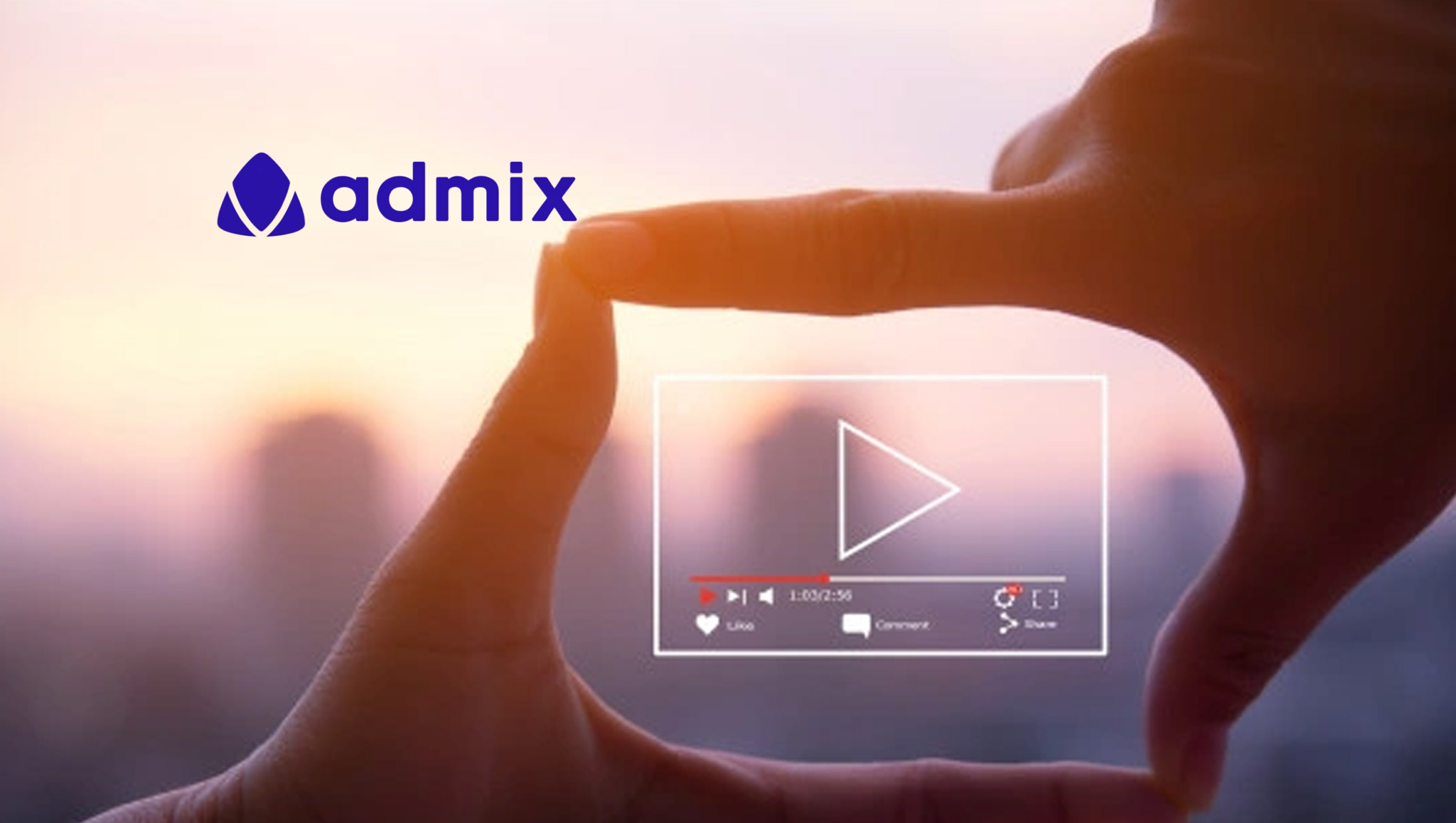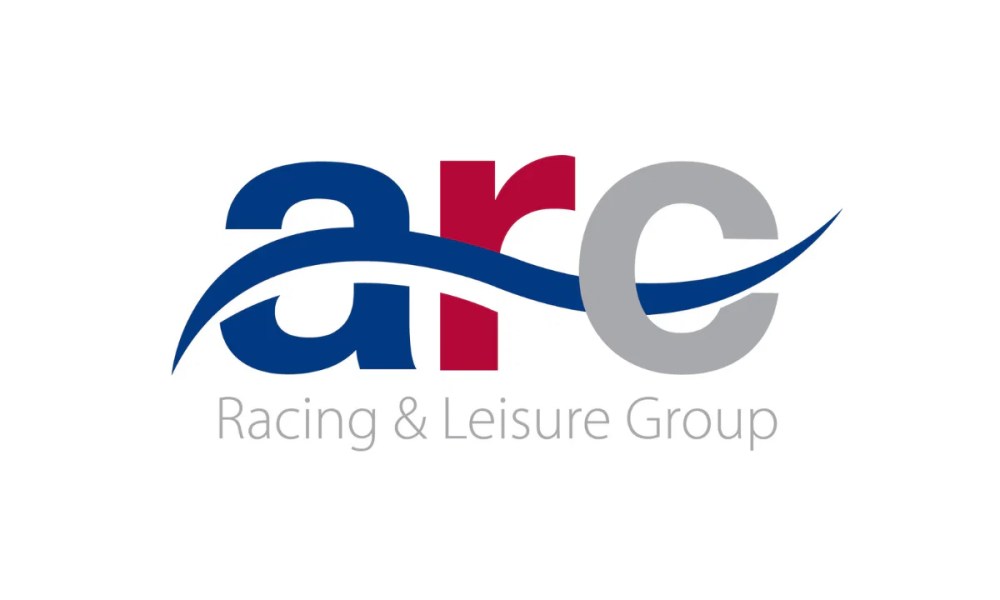Gaming
ADVERTISERS AWARE OF VIDEO GAMING AS A MEDIA CHANNEL – BUT UNSURE HOW TO UNLOCK IT

Admix, the leading In-Play advertising platform that bridges the gap between gaming content and brands, released the findings of its major research study into video gaming’s emergence as the key media channel.
Gaming is a lucrative channel, where three billion active gamers will spend almost $176 billion on games in 2021, a figure which is set to surpass $200 billion in 2023. Admix was aware, though, that brands and advertisers have only begun to capitalize on what gaming has to offer as a media channel, particularly on mobile, which is now larger than PC and console gaming combined.
To understand what brands know about the video gaming market, their experience of in-game advertising to date, and their plans for reaching a vast – and growing – gaming audience in the future, Admix commissioned independent creative market research agency Atomik Research to conduct an online survey of more than 400 respondents in the UK and US, with responsibility for media buying in their company.
The survey found that around 93% of advertisers had seen an increase in video game advertising spend over the past 12 months. But, while the prevalence of in-game advertising may have increased, it’s still considered a grey area by many.
According to Samuel Huber, CEO and Co-founder at Admix, “Just as the desktop web was the dominant media channel for the 2000s, surpassed by social media in the 2010s, video gaming is now on the cusp of claiming the crown of key media channel. However, although buyers are broadly aware of this, the survey reveals that they appear to underestimate how close we are to it becoming a reality.”
Key findings:
Games advertising growth – 81% of media buyers plan to either maintain or increase in-game advertising spend over the next 12 months, with 93% intending to run some form of in-game advertising by 2025.
Key drivers for growth – The rapidly developing infrastructure behind in-game advertising is driving its growth – with increases in the availability of programmatic options, third-party verification for in-game advertising performance and an increase in the availability of in-game inventory cited by advertisers as the most common reason for the category’s growth.
Barriers to adoption – However, a fifth of media buyers cited a lack of understanding as the biggest reason for not investing in in-game advertising, with 31% considering it a grey area.
Premium inventory – 60% of respondents felt consoles offered more premium video game inventory than mobile. However, a third identified casual mobile games as being premium – narrowly higher than any other in-game environment.
Gamer spend – Advertisers realise that video gaming is a huge market – 34% believe gamers’ average spend is between $100 and $500 billion. In fact, it’s estimated that gamers spent $165 billion in 2020 – more than half of that on mobile gaming.
Gaming audiences – Media buyers drastically underestimate the scale and diversity of gaming audiences, with a perception of the typical gamer most closely matching the profile of a male console gamer. A third believe there are between 100 and 500 million active daily gamers, while 27% think there are between 500 million and 1 billion. In reality, there are 3 billion across the world – 2.8 billion of whom play on mobile – with an even gender split.
Transatlantic differences – US brands seem to be more wary than their UK counterparts. 23% of US buyers aren’t spending on in-game advertising due to resistance from clients, compared to just 9% in the UK, while 52% of UK media buyer’s clients are asking for in-game activity in the next 12 months compared to 33% in the US.
Samuel Huber commented on the findings:
“With over three billion gamers generating hundreds of billion dollars in annual revenues, it’s impossible to ignore video gaming as the next key media channel. Indeed, it’s no surprise that Netflix sees Fortnite as a bigger competitor than other video on-demand platforms. But while media buyers are certainly aware of gaming’s potential as a media channel, it’s clear from the findings of this survey that they’re less certain about how to access it. Gaming is still a massive, intangible opportunity in the minds of many advertisers. Education is needed, therefore, to give them the knowledge and confidence they need to access it in a meaningful way with In-Play; and reap the rewards it represents.”
Powered by WPeMatico
Arena Racing Company
Arena Racing Company awarded United Arab Emirates Gaming-Related Vendor License

Arena Racing Company (ARC) has been granted a Gaming-Related Vendor license from the United Arab Emirates’ General Commercial Gaming Authority (GCGRA), an independent entity of the UAE Federal Government with exclusive jurisdiction to regulate, license, and supervise all commercial gaming activities.
The license, operational with immediate effect, affords ARC the opportunity to provide its products and services to licensed operators in the region. Notably, the Racing1 Markets service, an all-in-one horse and greyhound racing solution delivered in conjunction with Racing1 alliance media rights partners at 1/ST CONTENT, Racecourse Media Group (RMG), and Tabcorp, alongside technical partner Pythia Sports. ARC has been added to the list of licensed vendors as per the GCGRA website.
Jack Whitaker, Commercial Manager at ARC, said: “Obtaining this license is a great achievement for ARC and its Racing1 partners. The emerging regulated UAE market is incredibly exciting, and we look forward to showcasing our innovative products and services in the region.”
The post Arena Racing Company awarded United Arab Emirates Gaming-Related Vendor License appeared first on Gaming and Gambling Industry Newsroom.
Battle of the Tribes
POLYTOPIA WORLD CHAMPIONSHIP 2025 BREAKS RECORD PARTICIPATION AS FINALS DRAW CLOSER

Reading Time: 2 minutes
Celebrated strategy game The Battle of Polytopia confirms its first ever World Championships has exceeded expectations with over 10,000 sign-ups in its qualifying rounds. While no stranger to tournaments, previously hosting smaller scale, local tournaments called ‘Polysseums’, developer Midjiwan’s first step into global esports has been met with extreme success. The inclusive esports event has a $10,000 prize pool and will conclude on 6 December 2025, 14:00-21:00.
The finals will take place in front of a live-studio audience, with expert commentary and a chance to peek behind the scenes at Midjiwan itself. First place will receive $4,000, the runner-up will take away $2,000, the third and fourth place finishers will get $1,500, and the fifth and sixth place $500.
The Polytopia World Championship 2025 is being hosted by eSports platform, Challengermode, who Midjiwan has relied on for its monthly local tournaments since 2022. Midjiwan also partnered with Black Molly Entertainment to help organise and manage the event. Black Molly Entertainment have years of experience managing eSports tournaments, with notable events including the Geoguesser World Cup and CS:GO Pinnacle Cup Championship.
Midjiwan has worked closely with its community to ensure engagement is high with each round, building a bespoke ‘Spectator Mode’ into the game so fans can watch each game live through the game itself. In the spectator mode the viewer has visibility of all players simultaneously, with stats on how many cities, technologies, kills and more available for quick access.
Christian Lovstedt, CEO of Midjiwan commented:
“Polytopia has always been about welcoming all kinds of players into the world of 4X strategy. That’s why our championship is open to everyone – not just pros with sponsors. We’ve been thrilled at the amount of interest this tournament received from our community, reaching participation numbers way beyond our expectations. We’re excited to bring the finalists to Stockholm and can’t wait to see the strategies that emerge.”
The Polytopia World Championship 2025 kicked off in September, with its ‘Battle of the Tribes’ qualifying round – weekly battles where players competed to be the best in each of the game’s 12 tribes. After an exciting six weeks, the top player from each tribe faced-off, reducing the qualifiers to six finalists. These six winners are listed down below.
|
Tribe |
Qualifying Player |
|
IMPERIUS |
ArthurL248 |
|
BARDUR |
slimmingboy |
|
OUMAJI |
Dreamlander3000 |
|
HOODRICK |
Theetat |
|
XIN-Xi |
LeLiberateur |
|
LUXIDOOR |
Meisterlampe |
Recaps of each round of the tournament prior to the finals can be watched on the official Battle of Polytopia YouTube channel.
-
Part 1: Polytopia World Championship 1st Qualifiers Wrap-Up – BARDUR, IMPERIUS, KICKOO, ZEBASI
-
Part 2: Qualifiers Wrap-Up – Oumaji Hoodrick Yadakk & Quetzali – World Champoinship 2025
-
Part 3: Final Qualifiers Wrap-Up – Xin-Xi, Luxidoor, Ai-Mo & Vengir – World Championship 2025
-
Face-off stream: https://youtube.com/live/GnU6mWPoJiY?feature=share
To watch the finals live on December 6,visit here: https://polytopia.io/stream/
To stay up to date on the Polytopia World Championship 2025, or purchase one of the limited tickets for the live event, visit the official website or join the Official Polytopia Discord.
The post POLYTOPIA WORLD CHAMPIONSHIP 2025 BREAKS RECORD PARTICIPATION AS FINALS DRAW CLOSER appeared first on European Gaming Industry News.
Betiator
Delasport Unveils a Crash Game for Sports Betting

Reading Time: 2 minutes
Leading iGaming supplier Delasport teases a one-of-a-kind sports betting crash game called Betiator – a new in-play experience that merges live sports with the tension and excitement of crash games.
Inspired by the groundbreaking casino genre, the company once again pushes the whole industry to a new phase in evolution by allowing sports bettors to play in the same easy and fun way as fellow casino players. Crash games are booming in the casino world, showing that players crave more emotional, fast, and visually engaging formats – and Betiator brings that same adrenaline-charged energy to the sportsbook.
It changes the scene by introducing a truly innovative way to bet on sports, keeping players at the edge of their seats during the game. Designed to excite both sports bettors and casino players, it marks a defining moment for innovation.
This product comes as a logical next step in the evolution of live betting and the company’s goal to disrupt the iGaming industry. It demonstrates Delasport’s successful commitment to unique innovation: a strategy they call “Going Beyond Content” –building on the success of products and features like SuperPot, My Sportsbook, My Combo, Double My Winnings, and many more.
“Sports bettors deserve the same level of innovation and excitement that casino players get all the time,” Delasport’s CEO Oren Cohen Shwartz says. “At Delasport we’re taking the whole game to a new playing field with Betiator. Live betting won’t feel outdated anymore as we’re bringing in the thrill of the casino to sports betting.”
While details about Betiator remain under wraps for now, Delasport promises a completely new way to experience live sports. Operators and partners eager to see it in action can schedule exclusive demos and discover more at ICE Barcelona 2026, taking place January 19–21, where Betiator will make its official debut.
The post Delasport Unveils a Crash Game for Sports Betting appeared first on European Gaming Industry News.



